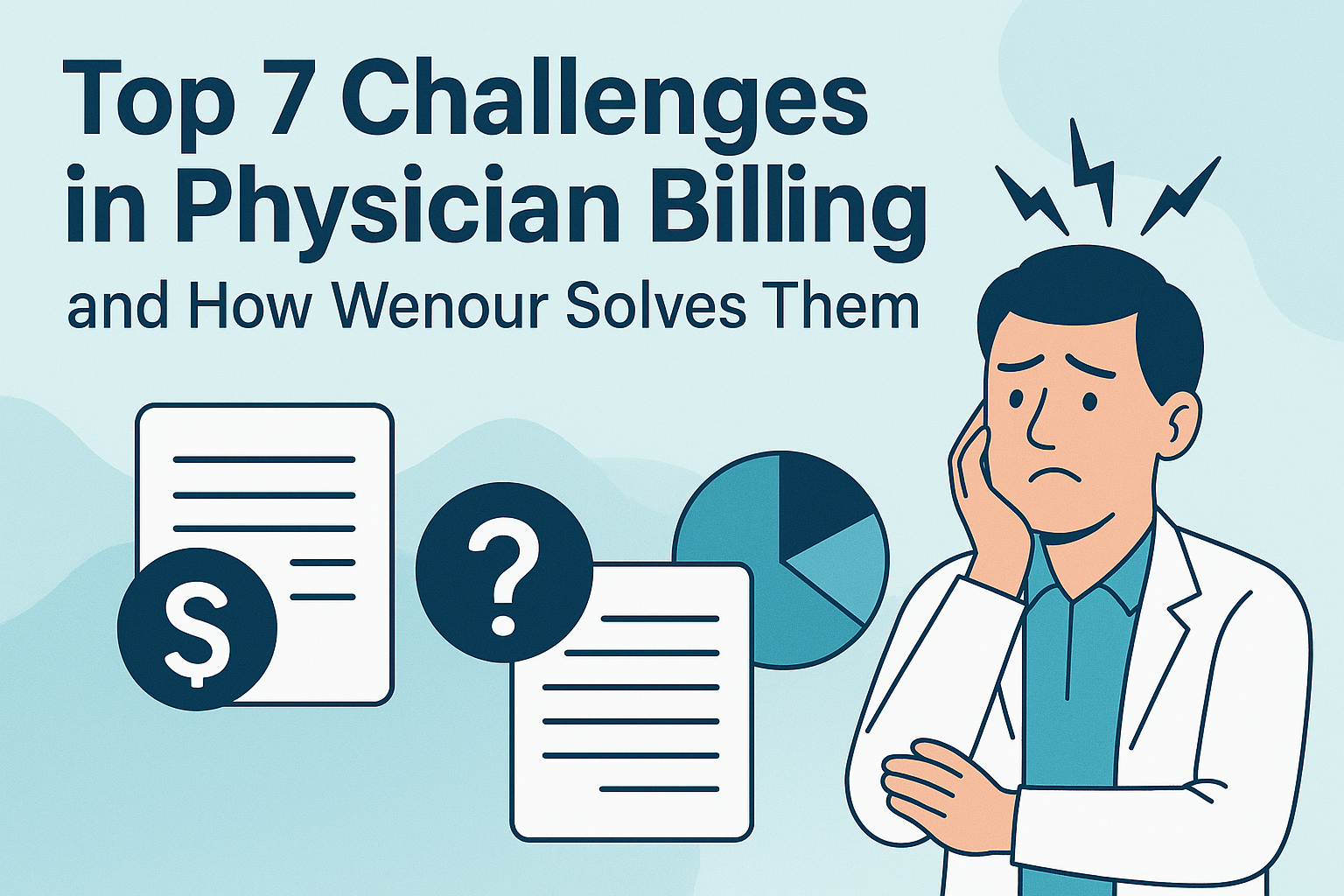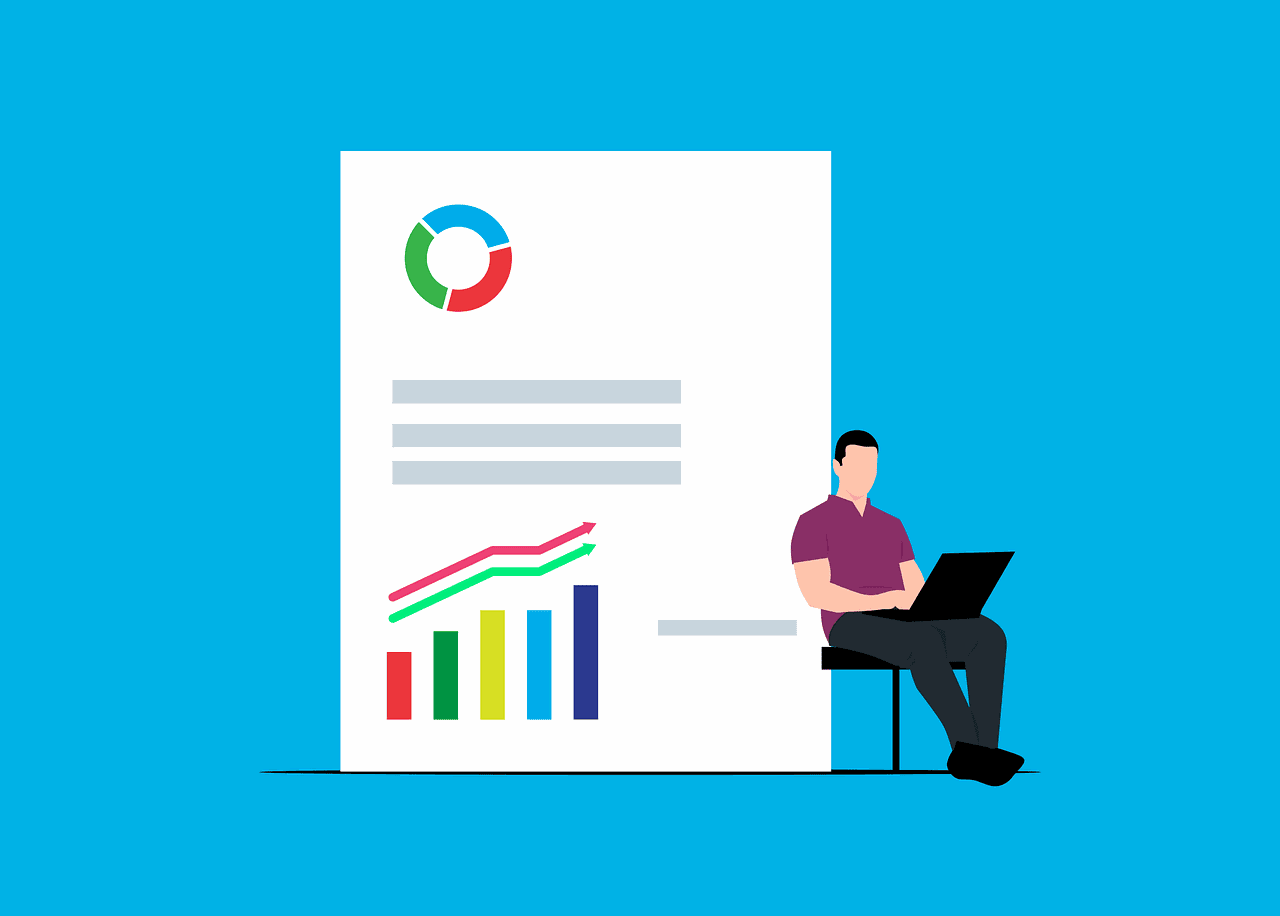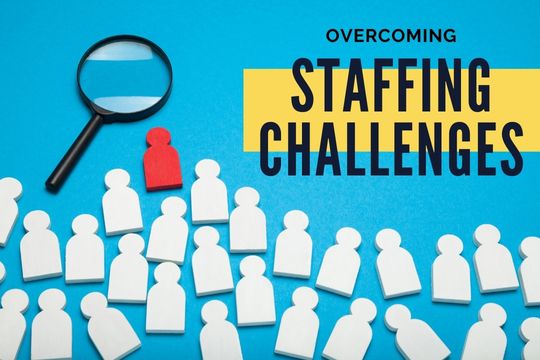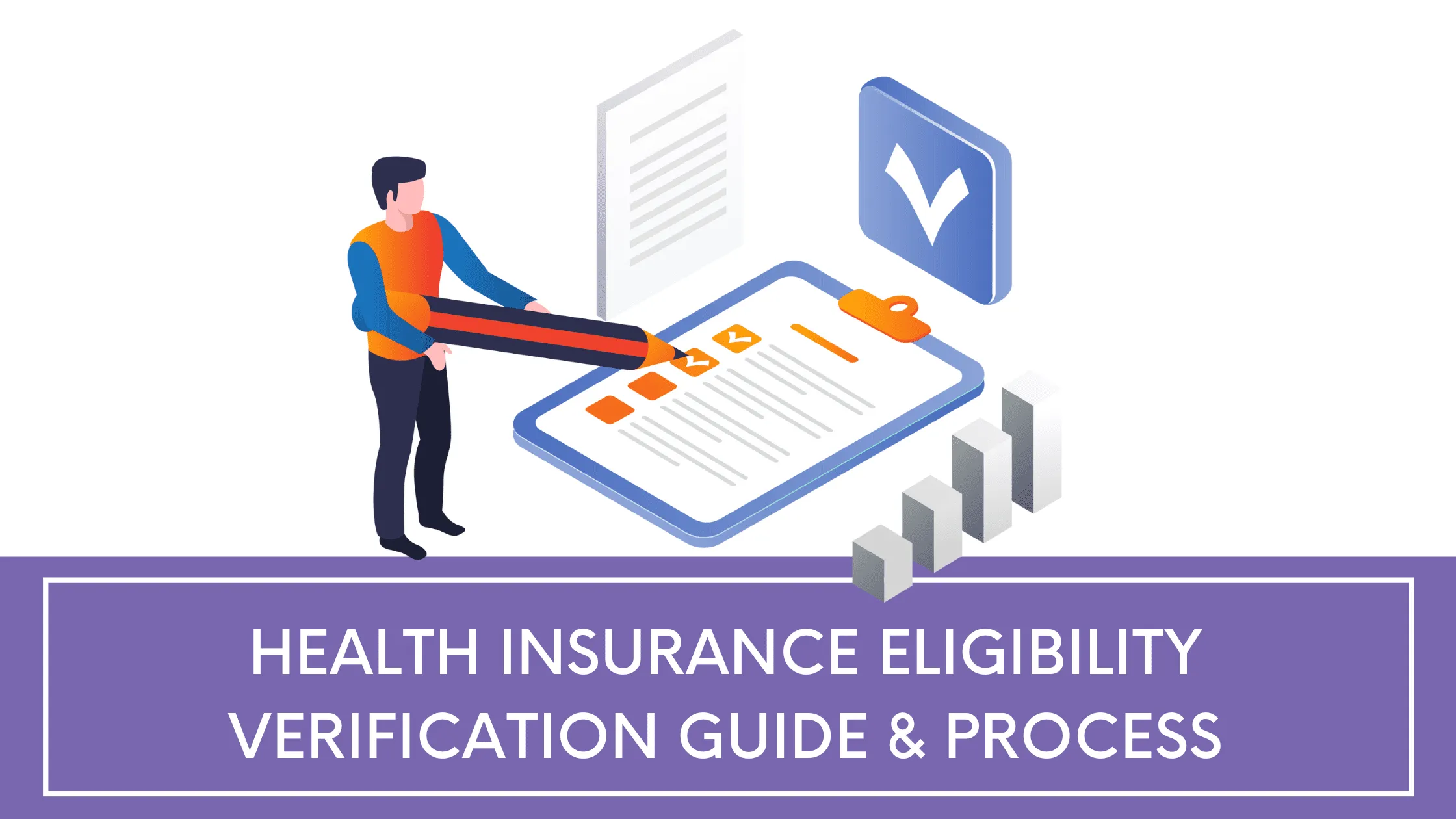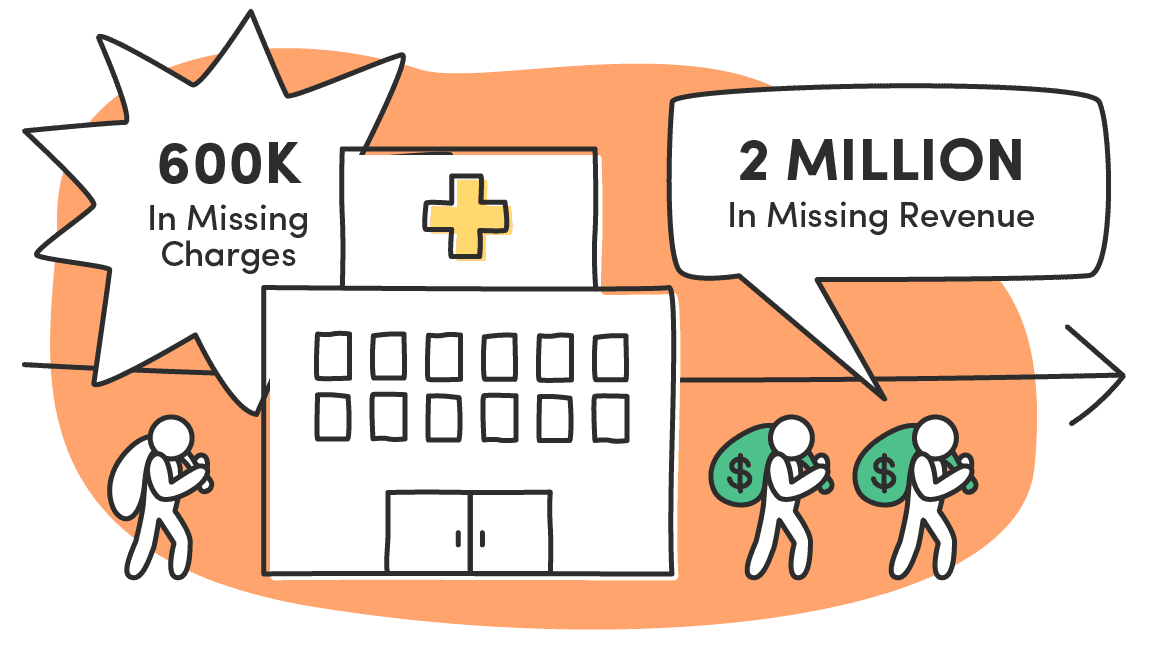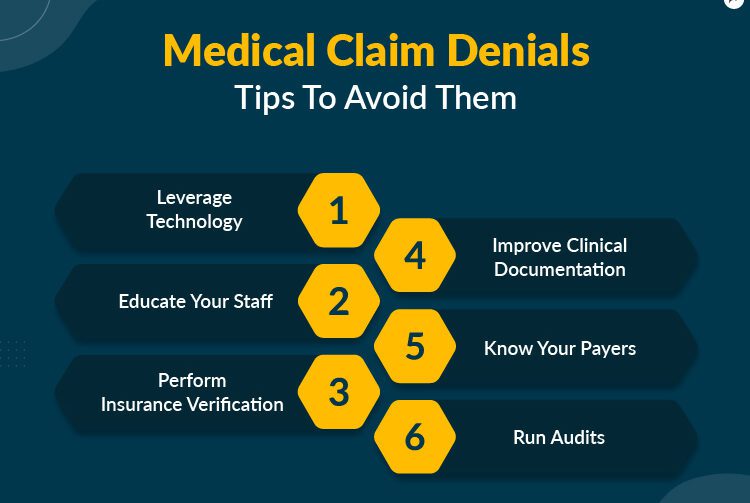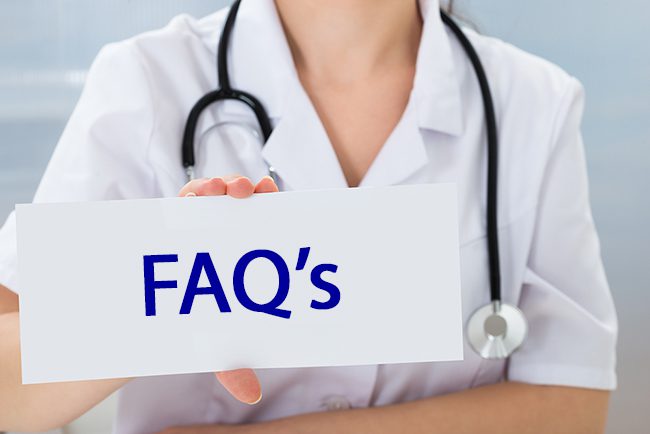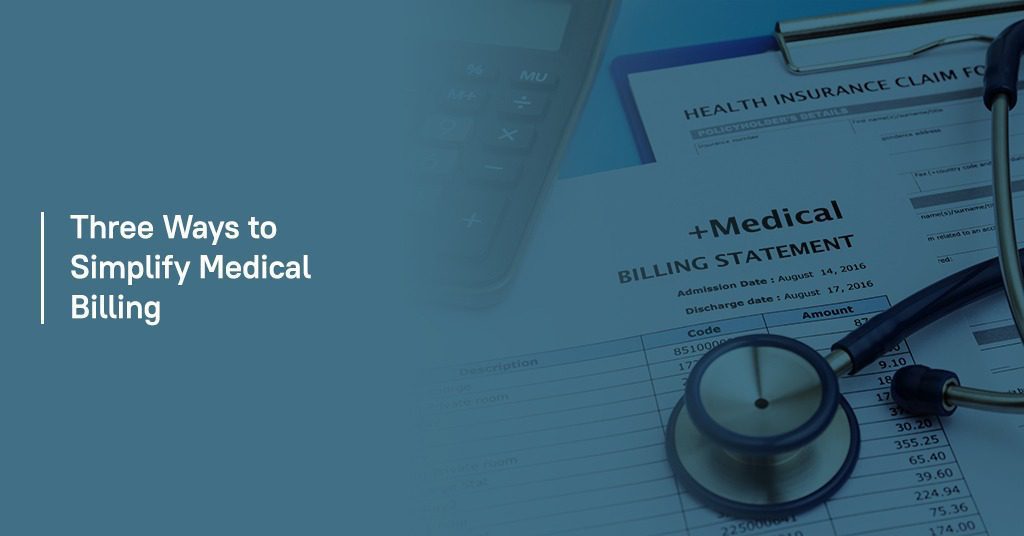
Why Revenue Cycle Analytics is Essential for Modern Healthcare Providers

Revenue Cycle Analytics (RCA) has emerged as a transformative solution, offering deep insights into the financial health of healthcare organizations. This comprehensive guide explores the various facets of Revenue Cycle Analytics, how it can be leveraged to improve Revenue Cycle Management (RCM), and the significant benefits it offers to healthcare providers.
Understanding Revenue Cycle Analytics
Revenue Cycle Analytics is a specialized approach that involves the systematic collection, analysis, and interpretation of financial data related to the revenue cycle. This includes every step from patient registration to final payment, encompassing billing, coding, claims submission, and collections. RCA provides a clear view of the financial operations of a healthcare organization, helping to identify inefficiencies, reduce costs, and improve overall profitability.
In the dynamic landscape of healthcare, where regulations and payer requirements are constantly evolving, having a firm grasp on your financial data is more important than ever. Revenue Cycle Analytics serves as a powerful diagnostic tool, much like an X-ray machine, offering a detailed view of your financial operations. By turning this data into actionable insights, healthcare providers can make informed decisions that enhance their financial stability and operational efficiency.
The Importance of Revenue Cycle Analytics in Healthcare
The financial health of a healthcare organization is directly linked to its ability to manage the revenue cycle effectively. Revenue Cycle Analytics plays a pivotal role in ensuring that healthcare providers can navigate the complexities of billing and collections, minimize errors, and maximize revenue capture. Without RCA, healthcare organizations risk facing issues such as delayed payments, increased claim denials, and reduced profitability.
Moreover, RCA is crucial for maintaining compliance with healthcare regulations and standards. With the constant changes in healthcare laws, such as the Health Insurance Portability and Accountability Act (HIPAA) and the Affordable Care Act (ACA), staying compliant is a significant challenge. Revenue Cycle Analytics helps healthcare providers stay ahead of regulatory changes by offering real-time insights into their financial operations, ensuring that they remain compliant and avoid costly penalties.
Wenour, a leader in medical billing services, understands the critical role that Revenue Cycle Analytics plays in modern healthcare. By partnering with Wenour, healthcare providers can leverage advanced analytics tools to optimize their revenue cycles, reduce costs, and enhance patient satisfaction.
Types of Revenue Cycle Analytics
Revenue Cycle Analytics can be categorized into four main types, each serving a specific purpose within the healthcare organization. Understanding these types is essential for healthcare providers looking to fully utilize the power of RCA.
1. Descriptive Analytics
Descriptive Analytics focuses on analyzing historical data to identify patterns, trends, and anomalies. It helps healthcare providers understand what has happened in the past and offers insights into areas where improvements are needed. For example, by analyzing past billing data, providers can identify common errors and implement strategies to prevent them in the future.
Wenour’s Descriptive Analytics tools are designed to uncover hidden patterns in your financial data, offering actionable insights that can be used to improve your revenue cycle management. These insights enable healthcare providers to make data-driven decisions that enhance operational efficiency and financial performance.
2. Diagnostic Analytics
Diagnostic Analytics goes a step further by examining the underlying causes of issues identified through Descriptive Analytics. It helps healthcare providers understand why certain patterns or trends are occurring, allowing them to address the root causes of financial challenges.
For instance, if a healthcare provider notices an increase in claim denials, Diagnostic Analytics can help identify whether the issue is due to incorrect coding, insufficient documentation, or other factors. Wenour’s Diagnostic Analytics tools are specifically designed to pinpoint inefficiencies in your revenue cycle, ensuring that your organization can implement targeted solutions to improve financial outcomes.
3. Predictive Analytics
Predictive Analytics uses historical data to forecast future trends and potential issues. By analyzing patterns in past data, Predictive Analytics tools can identify areas where problems are likely to arise, such as increases in claim denials or delays in payments.
Wenour’s state-of-the-art Predictive Analytics solutions enable healthcare providers to anticipate and mitigate potential problems before they impact the organization’s financial health. This forward-thinking approach ensures that your organization stays ahead of the curve, maintaining financial stability in an ever-changing healthcare environment.
4. Prescriptive Analytics
Prescriptive Analytics takes Predictive Analytics a step further by offering specific recommendations for improving outcomes based on the data. It provides actionable insights that help healthcare providers make strategic decisions to enhance their revenue cycle management.
For example, if Predictive Analytics indicates a potential increase in claim denials, Prescriptive Analytics might recommend specific actions, such as retraining staff on proper coding procedures or investing in automated claim scrubbing tools. Wenour’s Prescriptive Analytics guide healthcare providers in making data-driven decisions that optimize financial performance and patient satisfaction.
The Benefits of Revenue Cycle Analytics for Healthcare Providers
Revenue Cycle Analytics offers numerous benefits that can transform the financial health of a healthcare organization. Here are some of the key advantages:
1. Accelerated Payments
One of the most significant benefits of Revenue Cycle Analytics is the ability to accelerate payments. By identifying inefficiencies in billing and collections processes, RCA can streamline these operations, leading to faster payments and improved cash flow.
For example, by analyzing the average time it takes to process claims, healthcare providers can identify bottlenecks and implement strategies to speed up the process. Wenour’s services are designed to help your organization experience a noticeable acceleration in payment cycles. Faster payments reduce the need for borrowing, decrease interest expenses, and enhance overall financial stability.
2. Cost Savings through Automation
Revenue Cycle Analytics can automate many administrative tasks, reducing errors and saving time. Automation eliminates the need for manual data entry and reduces the likelihood of mistakes, leading to cost savings and improved operational performance.
For instance, automated coding and billing systems can significantly reduce the time it takes to process claims, allowing healthcare providers to focus on more critical tasks. Wenour’s automation solutions free up resources, allowing your team to focus on more strategic initiatives. This increased efficiency leads to higher productivity and better patient care.
3. Improved Compliance and Risk Management
Staying compliant with ever-changing regulations is a significant challenge for healthcare providers. Revenue Cycle Analytics helps organizations stay updated on regulatory changes, minimizing the risks of non-compliance.
For example, by monitoring key compliance metrics, healthcare providers can identify potential issues before they escalate into major problems. Wenour’s comprehensive analytics ensure that your organization remains compliant and effectively manages risk exposure. By avoiding penalties and building trust with payers and patients, your practice’s reputation is enhanced, leading to long-term success.
4. Enhanced Patient Experience
A positive patient experience is crucial for the success of any healthcare organization. Revenue Cycle Analytics plays a vital role in enhancing patient satisfaction by ensuring accurate billing and timely communication.
For example, by analyzing patient billing data, healthcare providers can identify common billing errors that lead to patient dissatisfaction. Wenour’s accurate billing services ensure that your patients have a positive experience, increasing satisfaction and driving patient retention. Happy patients are more likely to return and recommend your services, contributing to both revenue growth and improved patient outcomes.
5. Informed Decision-Making
Revenue Cycle Analytics provides precise insights that enable healthcare providers to make better strategic decisions. Whether it’s pricing negotiations with payers or adjusting billing practices, informed decisions lead to improved financial outcomes.
For instance, by analyzing trends in patient payments, healthcare providers can make data-driven decisions about how to structure payment plans or negotiate with payers. Wenour’s analytics solutions provide actionable insights that significantly enhance your organization’s financial health. By making data-driven decisions, you can optimize your revenue cycle management and achieve long-term success.
6. Optimized Cash Flow
Revenue Cycle Analytics helps healthcare providers optimize cash flow by reducing Days in Accounts Receivable (AR) and improving collection rates. A steady cash flow is essential for maintaining financial stability and ensuring that your organization can meet its obligations.
For example, by analyzing trends in payment collections, healthcare providers can identify areas where improvements are needed and implement strategies to accelerate cash flow. Wenour’s targeted solutions help you manage your cash flow effectively, ensuring that your organization remains financially healthy. By reducing AR days and increasing net collection rates, Wenour helps you maintain a consistent and reliable cash flow.
7. Reduced Billing Errors
Billing errors can lead to costly rework, delayed payments, and patient dissatisfaction. Revenue Cycle Analytics helps healthcare providers identify and correct billing errors, reducing the frequency of mistakes and streamlining the billing process.
For example, by analyzing trends in claim denials, healthcare providers can identify common coding errors and take steps to prevent them in the future. Wenour’s expertise in revenue cycle management ensures that your billing processes are error-free and efficient. By minimizing errors, you can reduce the administrative burden on your team and improve overall operational efficiency.
8. Enhanced Operational Efficiency
Revenue Cycle Analytics streamlines operations by automating repetitive tasks and improving the accuracy of financial data. This leads to increased efficiency and reduced administrative burden, allowing your team to focus on delivering high-quality patient care.
For example, automated claim submission systems can reduce the time it takes to process claims, freeing up staff to focus on more critical tasks. Wenour’s solutions are designed to enhance operational efficiency, helping your organization achieve better results with less effort. By optimizing your revenue cycle, you can reduce costs and improve the overall performance of your practice.
9. Better Patient Responsibility Management
With the rise of high-deductible health plans, managing patient responsibility has become increasingly important. Revenue Cycle Analytics helps healthcare providers track patient payments and optimize collections, ensuring steady cash flow and improving patient financial engagement.
For example, by analyzing trends in patient payments, healthcare providers can identify areas where patients are struggling to pay their bills and implement strategies to help them manage their financial responsibilities. Wenour’s customized strategies for managing patient responsibility ensure that your organization collects payments efficiently, reducing the risk of bad debt and enhancing patient satisfaction.
10. Scalability and Flexibility
As your practice grows, your revenue cycle management needs to scale with it. Revenue Cycle Analytics provides the scalability and flexibility required to handle increased volume without compromising service quality.
For example, as your patient base grows, your billing and collections processes need to scale to handle the increased volume of claims. Wenour’s flexible software solutions allow your operations to scale seamlessly, ensuring that you can manage growth effectively. By leveraging advanced analytics tools, Wenour helps your organization maintain high levels of performance, even as your practice expands.
Key Metrics to Monitor in Revenue Cycle Analytics
Monitoring key metrics is essential for optimizing your revenue cycle. Here are some critical metrics that healthcare providers should track:
1. Days in Accounts Receivable (AR)
Days in AR is the average time it takes to collect payment after a service is rendered. Lower days indicate faster cash inflow, which is crucial for maintaining liquidity. Reducing Days in AR allows healthcare providers to improve financial planning and investment opportunities.
For example, if your Days in AR is higher than the industry average, it may indicate inefficiencies in your billing and collections processes. Wenour’s analytics solutions help manage your Days in AR effectively, reducing them and ensuring that your organization maintains a healthy cash flow.
2. Clean Claim Rate
The Clean Claim Rate measures the percentage of error-free claims filed at first submission. Higher rates lead to faster reimbursements and reduce the burden on your revenue cycle.
For example, if your Clean Claim Rate is lower than expected, it may indicate issues with coding or documentation. Wenour’s targeted solutions can significantly increase your Clean Claim Rate, leading to more productive operations and faster payments.
3. Denial Rate
The Denial Rate is the percentage of claims denied due to errors or issues with documentation or coding. Lower denial rates indicate fewer issues and higher revenue capture.
For example, if your Denial Rate is higher than the industry average, it may indicate problems with your billing processes. With Wenour’s expertise, your organization can reduce denial rates, capturing more revenue and decreasing the costs associated with claim rework.
4. Net Collection Rate
The Net Collection Rate measures the effectiveness of your collections efforts by comparing realized amounts to billed amounts. A higher Net Collection Rate indicates that your organization is effectively capturing the revenue it is owed.
For example, if your Net Collection Rate is lower than expected, it may indicate issues with your collections processes. Wenour’s effective processes can help increase your Net Collection Rate, ensuring that more of your billed revenue is collected and enhancing your overall financial performance.
5. Patient Responsibility
Patient Responsibility tracks patient payments as a percentage of total revenue, showing the impact of high-deductible plans. Better management of Patient Responsibility ensures steady cash flow and improves patient financial engagement.
For example, if your Patient Responsibility is increasing, it may indicate that more of your revenue is coming from patients rather than payers. Wenour’s customized strategies optimize collections of patient responsibility, ensuring that your organization collects payments efficiently and maintains a healthy cash flow.
Why Outsource Revenue Cycle Management with Analytics Software?
Outsourcing Revenue Cycle Management (RCM) with advanced analytics software offers numerous benefits, including:
1. Automation of Repetitive Tasks
Outsourcing RCM with analytics software allows healthcare providers to automate billing, coding, and claim submission, reducing errors and speeding up these processes. Automation can free up staff to focus on more critical tasks, improving overall productivity.
For example, automated coding and billing systems can significantly reduce the time it takes to process claims, allowing healthcare providers to focus on more strategic initiatives. Wenour’s automation solutions reduce both errors and time in your revenue cycle, leading to improved financial outcomes.
2. Real-Time Data Access
Accessing financial data in real-time is vital for making timely decisions. With real-time data access, healthcare providers can quickly identify issues and take swift action to address them.
For example, if a sudden increase in claim denials is detected, healthcare providers can immediately investigate the cause and implement corrective measures. Wenour’s advanced software solutions provide real-time insights, enabling your organization to make informed decisions that enhance operational agility.
3. Better Data Security
Modern software ensures compliance with HIPAA and other relevant regulations, safeguarding patient information. Data breaches can be costly, both financially and in terms of reputation, so it’s critical to have strong data security measures in place.
For example, by implementing advanced encryption and security protocols, healthcare providers can protect patient data from unauthorized access. Wenour’s compliant software solutions guarantee that your patient data is secure, protecting your organization from costly data breaches.
4. Scalability
As your practice grows, your revenue cycle management needs to scale with it. Scalability is essential for maintaining productivity and service quality as your patient base increases.
For example, as your patient base grows, your billing and collections processes need to scale to handle the increased volume of claims. Wenour’s flexible software solutions allow your operations to scale effectively, ensuring that you can manage growth without compromising service quality.
5. Improved Accuracy & Performance
Advanced analytics tools improve data accuracy and operational performance by reducing errors and streamlining processes. Higher accuracy leads to better financial outcomes and a more efficient revenue cycle.
For example, automated claim submission systems can reduce the time it takes to process claims, freeing up staff to focus on more critical tasks. Wenour’s state-of-the-art tools reduce errors and rework, leading to more effective operations and better financial outcomes.
6. Cost Savings
Outsourcing RCM reduces administrative costs, allowing your organization to focus more on patient care. Cost savings can be reinvested into other areas of your practice, driving overall growth and improvement.
For example, by automating billing and collections processes, healthcare providers can reduce the need for additional administrative staff. Wenour’s cost-effective solutions offer significant savings that can be reinvested into other areas of your practice, driving overall growth.
7. Expertise & Support
Outsourcing RCM with analytics software provides access to specialized support and ensures that your organization stays current with regulatory changes. Having access to expert support is crucial for navigating the complexities of healthcare finance.
For example, if your organization is struggling with compliance issues, outsourcing RCM with analytics software can provide the expertise needed to address these challenges. Wenour’s expert support ensures that your organization remains compliant and competent, even as regulations and industry standards evolve.
Before & After Implementation: Revenue Cycle Analytics For Our Healthcare Providers
The impact of Revenue Cycle Analytics on healthcare providers can be profound. Here’s how Wenour’s implementation of Revenue Cycle Analytics can transform your organization’s financial performance:
| S.No | Metrics | Before Implementation | After Implementation |
|---|---|---|---|
| 1 | Days in Accounts Receivable | 65 days | 40 days |
| 2 | Clean Claim Rate | 75% | 95% |
| 3 | Denial Rate | 15% | 5% |
| 4 | Net Collection Rate | 85% | 98% |
| 5 | Patient Responsibility Collection | 60% of patient balances | 85% of patient balances |
| 6 | Billing Errors | High frequency of errors, leading to rework | Minimal errors, streamlined billing process |
| 7 | Cash Flow | Irregular and delayed | Steady and timely |
| 8 | Operational Efficiency | High administrative burden, time-consuming | Streamlined operations, time-efficient |
| 9 | Compliance | Frequent compliance issues | Strong adherence to regulations |
| 10 | Patient Satisfaction | Moderate satisfaction | High satisfaction, fewer billing disputes |
Conclusion
Revenue Cycle Analytics is crucial for healthcare providers seeking to enhance financial performance and operational efficiency. By leveraging RCA, organizations can unlock new growth opportunities, ensure compliance, and deliver superior patient care. Wenour, a leader in medical billing services, offers tailored RCA solutions that drive results, transforming your practice into a well-oiled financial machine.
Ready to uplift your revenue cycle? Partner with Wenour to explore how our comprehensive RCA solutions can take your financial performance to new heights. Contact us today to learn more about our services and start your journey toward better financial health.
Stay informed about the latest trends and best practices in revenue cycle management. Subscribe to Wenour’s newsletter for exclusive industry insights and updates. Complete the form below to request quotes and pricing.
Frequently Asked Questions (FAQ) About Revenue Cycle Analytics
Q1: What is Revenue Cycle Analytics, and why is it important for healthcare providers?
A1: Revenue Cycle Analytics (RCA) involves the collection, analysis, and interpretation of financial data related to the revenue cycle in healthcare organizations. It is essential because it provides healthcare providers with insights that help optimize billing, claims processing, and collections. By understanding and leveraging these insights, healthcare providers can enhance their financial stability, reduce costs, and improve patient satisfaction.
Q2: How can Revenue Cycle Analytics help reduce billing errors?
A2: Revenue Cycle Analytics helps reduce billing errors by identifying patterns and trends in your billing data. By analyzing this data, RCA tools can pinpoint common errors, such as incorrect coding or missing documentation, and provide actionable insights to correct these issues. This leads to a streamlined billing process, fewer denied claims, and faster reimbursements.
Q3: What are the key metrics to monitor in Revenue Cycle Analytics?
A3: Some key metrics to monitor in Revenue Cycle Analytics include:
- Days in Accounts Receivable (AR): The average time it takes to collect payment after a service is rendered.
- Clean Claim Rate: The percentage of error-free claims filed at first submission.
- Denial Rate: The percentage of claims denied due to errors or issues with documentation or coding.
- Net Collection Rate: Measures the effectiveness of collections by comparing realized amounts to billed amounts.
- Patient Responsibility: Tracks patient payments as a percentage of total revenue.
Monitoring these metrics helps healthcare providers maintain a healthy revenue cycle and optimize financial performance.
Q4: How does Revenue Cycle Analytics improve patient satisfaction?
A4: Revenue Cycle Analytics improves patient satisfaction by ensuring accurate billing and timely communication. When patients receive clear, accurate bills and prompt communication about their financial responsibilities, they are more likely to trust and feel satisfied with their healthcare provider. This positive experience leads to higher patient retention and increased referrals.
Q5: What are the benefits of outsourcing Revenue Cycle Management with analytics software?
A5: Outsourcing Revenue Cycle Management (RCM) with analytics software offers several benefits, including:
- Automation of repetitive tasks: Reduces errors and saves time.
- Real-time data access: Enables timely decision-making.
- Improved data security: Ensures compliance with HIPAA and other regulations.
- Scalability: Allows operations to scale seamlessly as your practice grows.
- Cost savings: Reduces administrative costs, allowing more focus on patient care.
- Expertise and support: Provides access to specialized support and up-to-date regulatory knowledge.
Wenour’s comprehensive RCM solutions combine advanced analytics software with expert support to help healthcare providers optimize their revenue cycles and achieve better financial outcomes.
Q6: How can predictive analytics help healthcare providers anticipate future challenges?
A6: Predictive analytics uses historical data to forecast future trends and potential issues in the revenue cycle. By analyzing patterns in past data, predictive analytics tools can identify areas where problems are likely to arise, such as increases in claim denials or delays in payments. This allows healthcare providers to take proactive measures to address these challenges before they impact the organization’s financial health.
Q7: What makes Wenour’s Revenue Cycle Analytics solutions unique?
A7: Wenour’s Revenue Cycle Analytics solutions are unique because they are tailored specifically to the needs of healthcare providers. Our solutions combine advanced analytics tools with expert support, ensuring that your organization can effectively manage its revenue cycle. We offer customized strategies that address the specific challenges faced by your practice, leading to improved financial performance, enhanced patient satisfaction, and long-term success.
Q8: Can Revenue Cycle Analytics help with compliance and risk management?
A8: Yes, Revenue Cycle Analytics plays a crucial role in compliance and risk management. By staying updated on regulatory changes and monitoring key compliance metrics, RCA tools help healthcare providers minimize the risks of non-compliance. This not only protects the organization from costly penalties but also builds trust with payers and patients, enhancing the practice’s reputation.
Q9: How does Wenour ensure data security in its Revenue Cycle Analytics services?
A9: Wenour places a high priority on data security. Our analytics software is designed to comply with HIPAA and other relevant regulations, ensuring that patient information is safeguarded at all times. We use advanced encryption and security protocols to protect data from unauthorized access and breaches, providing peace of mind for both healthcare providers and patients.
Q10: How can I get started with Wenour’s Revenue Cycle Analytics services?
A10: Getting started with Wenour’s Revenue Cycle Analytics services is easy. Simply contact us to schedule a consultation, and our team of experts will work with you to understand your organization’s specific needs. We’ll develop a customized strategy that leverages advanced analytics tools to optimize your revenue cycle, improve financial performance, and enhance patient satisfaction. Reach out today to learn more and begin your journey toward better financial health.


